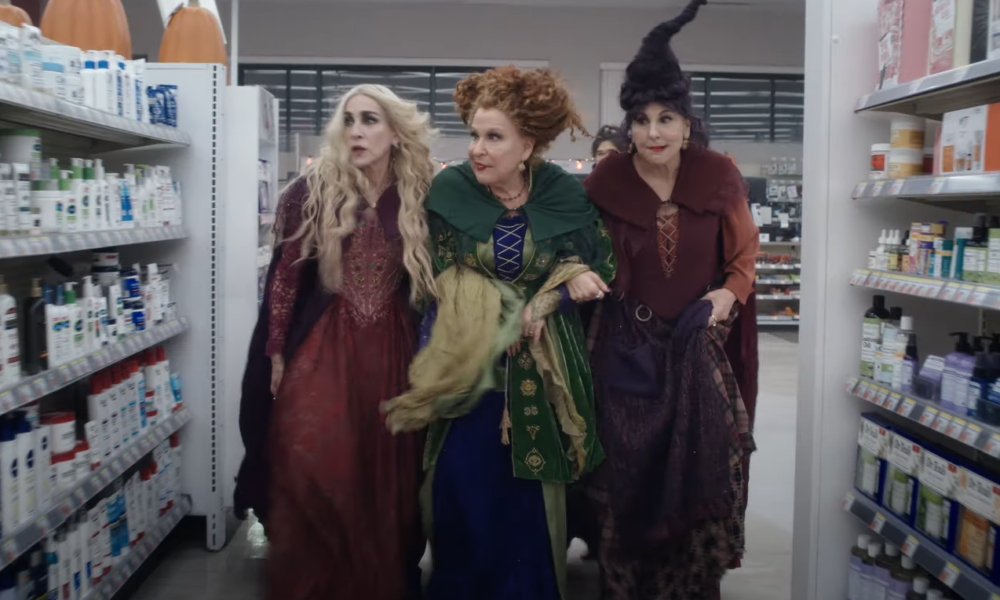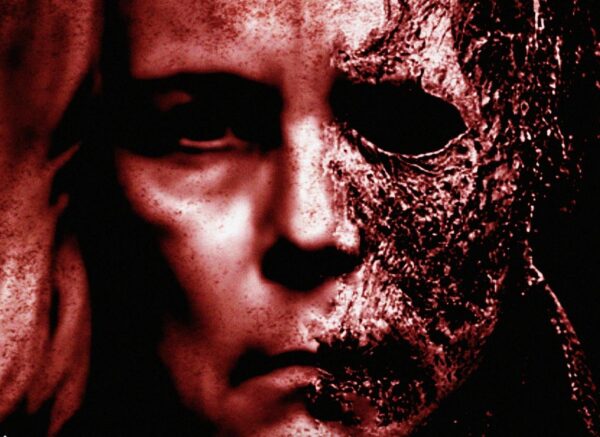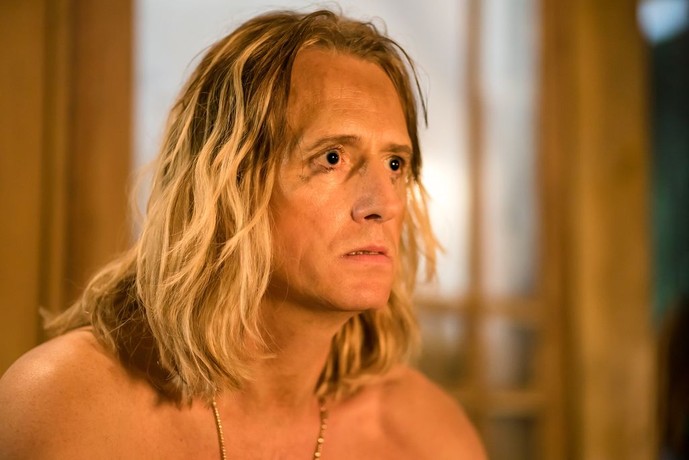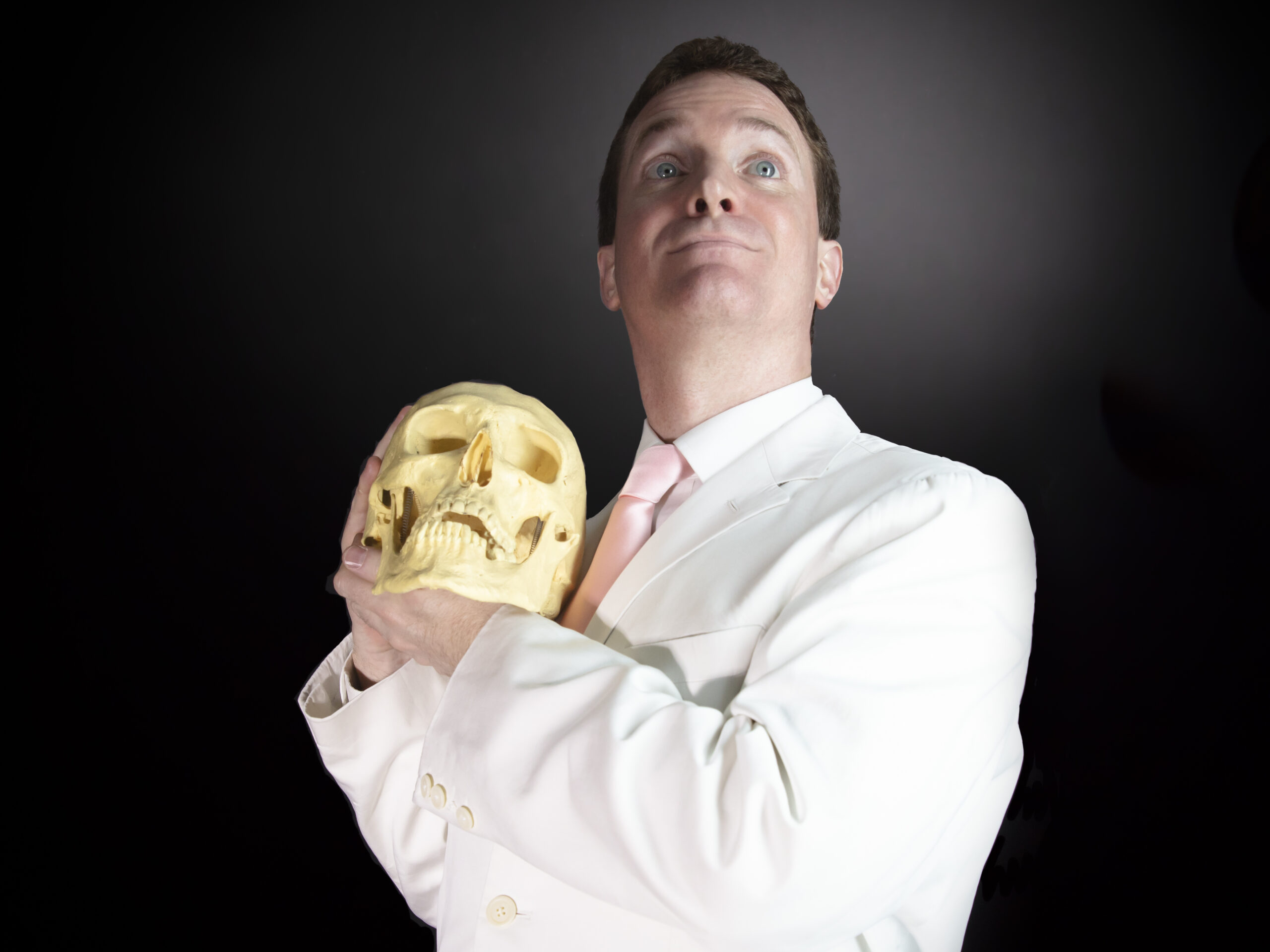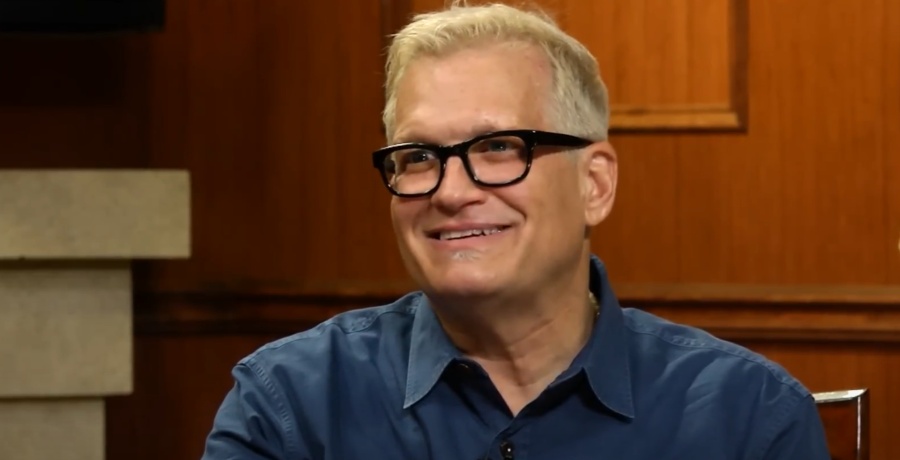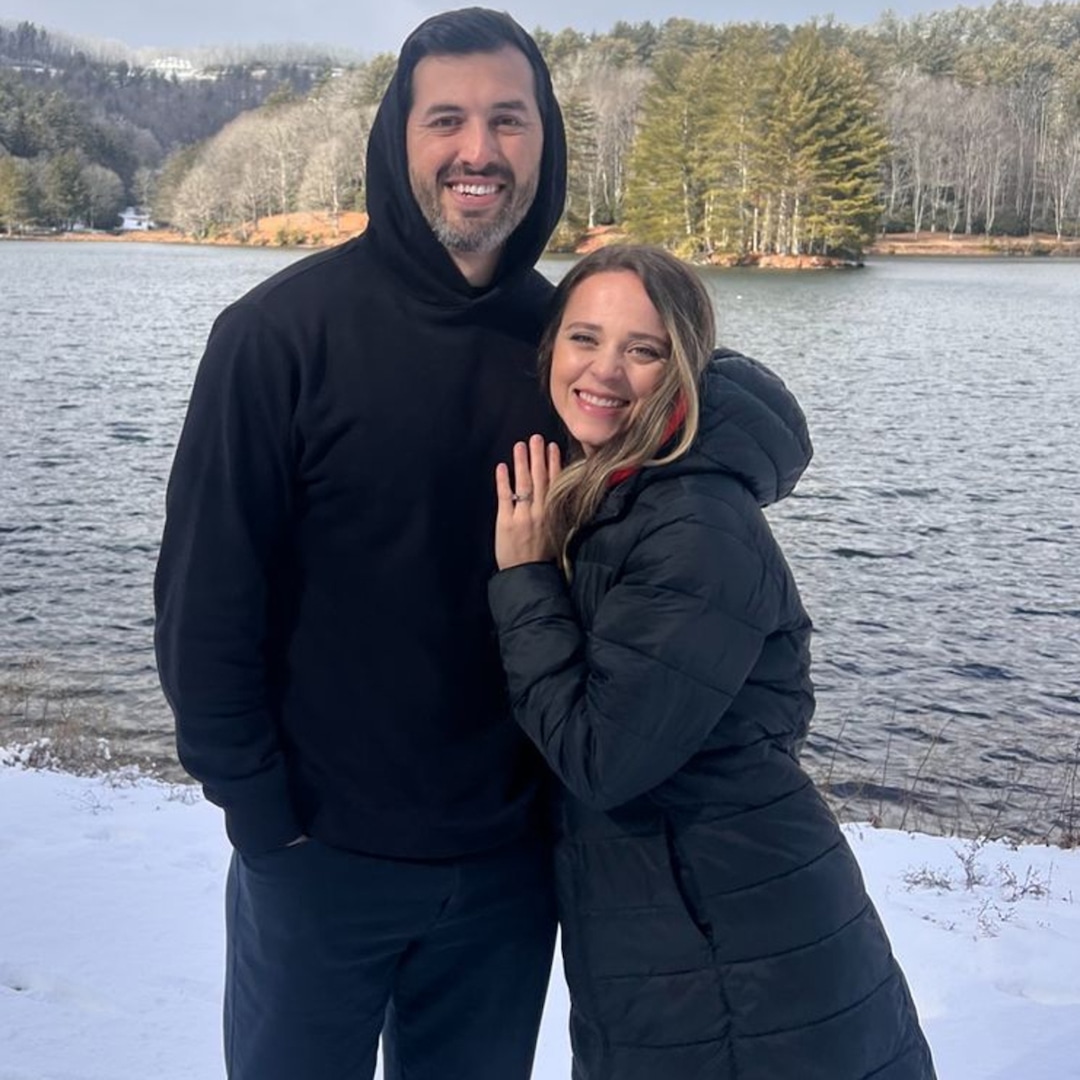The ancients were not playing around when it came to vampires, or what they believed to be vampires. Archaeologists in Poland discovered the remains of a centuries-old female “vampire” buried beneath the soil. She was fitted with a booby trap; a razor-sharp sickle device just above her neck to ensure she remained in the ground.
Professor Dariusz Poliński from Nicolaus Copernicus University found the intact bones as he and his team worked the dig site.
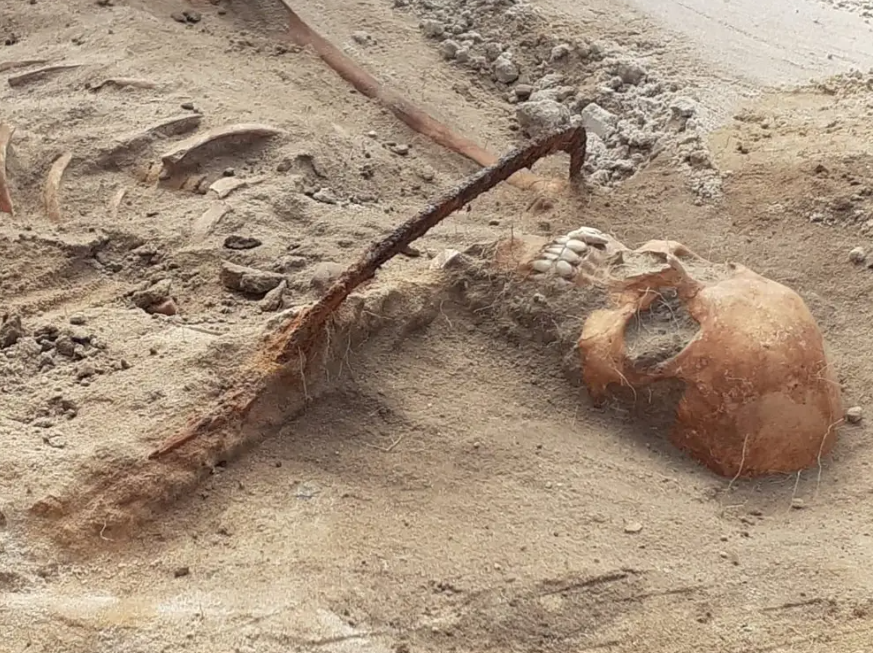
“The sickle was not laid flat but placed on the neck in such a way that if the deceased had tried to get up most likely the head would have been cut off or injured,” he told the Daily Mail.
Although the bloodthirsty immortals are evil characters from folklore, people in medieval believed in their existence. In fact, many cultures have documented paranormal events in which they believed the creatures were to blame.
One such event happened in Croatia in 1672. Villagers believed that one of their citizens who had died 16 years prior was coming back and feasting on their blood. They also said he was sexually assaulting his widow. An order was decreed that his corpse should be exhumed and a stake driven through his heart. For good measure, they beheaded him as well.
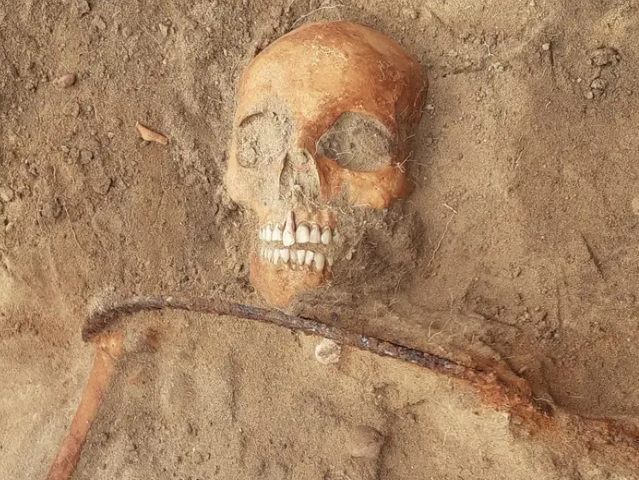
“Other ways to protect against the return of the dead include cutting off the head or legs, placing the deceased face down to bite into the ground, burning them, and smashing them with a stone,” Poliński told the New York Post.
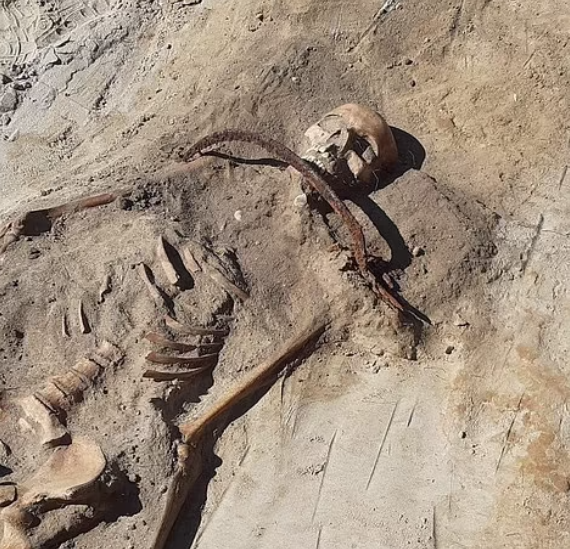
In America, vampires seem to have only become a part of the pop culture’s bloodstream rather than supernatural societal nuisances. In 1922, director F.W. Murnau released the silent film Nosferatu in theaters. It was an adaptation of Bram Stoker’s 1897 novel Dracula. Stoker’s estate wasn’t happy about it and ordered all prints to be destroyed. Thankfully some copies survived for posterity.
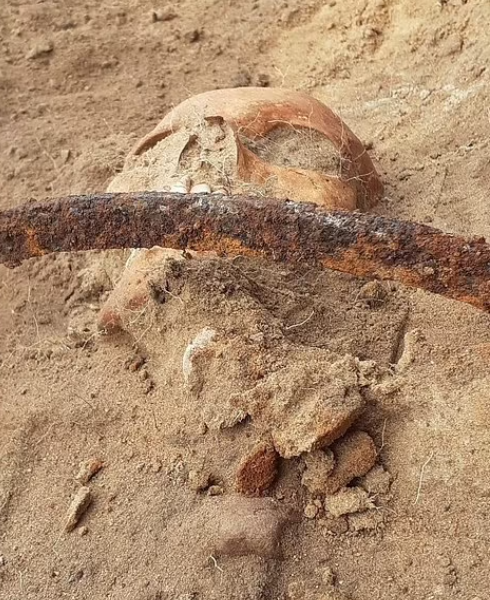
Of course, almost 10 years later Universal Pictures would produce its own movie about the charismatic vampire named Dracula starring Bela Lugosi. This time they had the rights to the intellectual property and the widow Stoker’s approval.
The next iteration of the legendary monster will star Nicolas Cage as Dracula’s indentured servant in the film Renfield.
Far away from Hollywood though, in the 11th Century, the fear of vampires was a real concern among some European cultures. Slavic people were so convinced that vampires existed it became a pandemic of sorts. Much like the Salem witches, people were executed if they were believed to be vampires.
Graves like the ones shown above are not uncommon on archeological digs in some parts of Europe. Fear of the dead rising from their graves to terrorize villagers is equivalent to Americans’ belief in Bigfoot, perhaps moreso. Researchers at the Poliński site say putting booby traps in graves with the corpse was a way to protect everyone, including the deceased.
“When placed in burials they were a guarantee that the deceased remained in their graves and therefore could not harm the living, but they may also have served to protect the dead from evil forces. According to folk wisdom, a sickle protected women in labour, children and the dead against evil spirits. It also had a role in rituals designed to counter black magic and witchcraft.”

